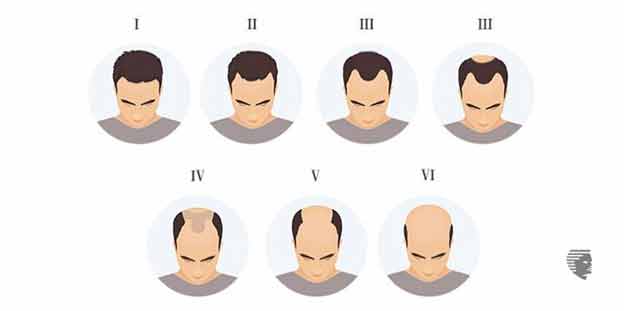
Yes. There is a possible link between stress and hair loss. Stress can lead to many emotional problems including anxiety, depression and panic attacks. When we are stressed out, we adopt certain behavior like pulling out hairs to find some relief from stress. This causes hairs to shed eventually from that area.
There are three types of hair loss due to stress
- Telogen Effluvium
- Tricotillomania
- Alopecia Areata
Telogen Effluvium
This condition is a cause for temporary hair loss. High stress levels can push large no of hair follicles to a resting phase known as Telogen Effluvium so that no new hair strands are produced. Eventually, hair can fall out more easily even when you brush or comb your hair
Tricotillomania
If you have found yourself pulling our hairs because of stress, it could be a visible sign of Tricottilomania.
There will be an urge to pull out hairs from scalp, eyebrows and other parts of the body when you feel stressed out. It will give you an instant relief.
Alopecia Areata
Several factors are considered to cause Alopecia Areata including ageing, genetics and hormonal change. Another cause is severe stress. In this condition, your body`s immune system attacks hair follicles thereby causing it to fall out.
How can we cope with stress related Hair loss?
Stress Management
If you can find out the stress triggers, stress can be managed. There are some powerful activities that can help you manage stress effectively that include
- Yoga
- Meditation
- Exercise
- Dancing
- Counseling
- Therapy
Diet & Nutrition
A healthy balanced diet is prerequisite for keeping yourself in good state of mind. Starvation and malnutrition cause stress and slow down the hair growth. Make sure that you diet is rich in fruits and vegetables. Drink plenty of water.
Medication
If your stress level is high and it causes hair to fall out in large numbers, you can consult the Doctor. They will prescribe the right medicines for you.

